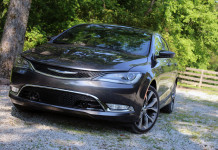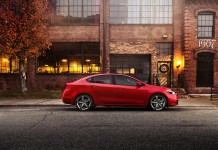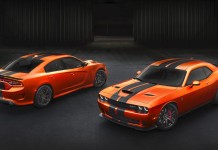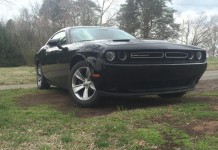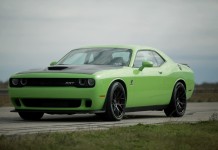Chrysler’s boss says he is feeling confident about the automaker’s future, a year after it emerged from bankruptcy, as it adds 1,100 jobs at a Detroit assembly plant.
“This is a signature vehicle for Chrysler,” Chyrsler and Fiat chief executive Sergio Marchionne told reporters on Friday at the unveiling of the 2011 Jeep Grand Cherokee — the first new vehicle in nearly a year.
“I don’t worry about the world economy,” added Marchionne when asked about the chances that economic troubles in Europe could undermine recovery in the United States, which Chrysler is counting on to boost sales.
The new Grand Cherokee — an SUV built at Chrysler’s revamped Jefferson North assembly plant in Detroit — features an all new V6 engine that gets 23 miles (37 kilometers) per US gallon on the highway.
Marchionne also said after the official launch ceremony, which drew a host of exuberant local politicians, that Chrysler has ample customer demand to support production on a second shift.
“We have enough orders,” said Marchionne, adding that part of the production will be exported to overseas markets through Fiat’s distribution network.
“This is the beginning of the gradual process of re-building this organization on the basis of a very sound manufacturing philosophy that will allow this (site) to be competitive globally, and that’s been my objective from the time I started,” Marchionne said.
“This car is a series of steps in a long series of steps that will return us to global competitiveness,” he said. “It’s really subject to market conditions and continued performance.
“Based on what I see now, I don’t see any reason why we should not go public (next year) — but don’t ask me which month.”
Chrysler is looking at ways to refinance the other part of the loans from the US Treasury that rescued the automaker — one of Detroit’s Big Three along with General Motors and Ford — from bankruptcy one year ago.
But it’s a very complicated matter, Marchionne pointed out.
“They were designed to provide long term relief to Chrysler. So before we shut down the financing source, we better be sure about what we’re doing,” he said, adding however that the debt has been very expensive for Chrysler.
“Eighteen months ago I wouldn’t have believed this was possible,” said United Auto Workers union vice president General Holiefield, who has worked closely with Marchionne during the reorganization of Chrysler.
“Now the company was ready to add jobs,” Holiefield said.
He said the UAW accepts that new workers hired over the next two months for the second shift will be paid between 14 dollars and 16 dollars per hour depending on their skill level rather than the 28 dollars to 29 dollars per hour long-serving union members now make on Chrysler’s assembly lines.
“They’re going to be making a living wage,” he said.
The union had agreed to the new “entry level” range in 2007 even before the financial crisis left the company bankrupt, noted Holiefield, who praised Marchionne for implementing a new manufacturing system to improve quality and give assembly-line workers more support by eliminating clutter throughout the plant and making it easier to find the right part for a particular vehicle.
In the past, executives frequently talked about changing the way Chrysler builds vehicles, “but they never put in the infrastructure,” he said.
Marchionne said Jefferson North gave Fiat’s manufacturing experts an opportunity to install a new manufacturing system without much fuss.
The Jefferson North plant covers more than three million square feet (278,700 square metres) and opened in 1992 as the replacement for an old plant that was built in 1907.
It is the only plant completely in the city of Detroit where the unemployment rate hovers around 25 percent.
Fiat acquired a 20-percent stake in the then-bankrupt Chrysler last year in exchange for clean-car and small-car technology.

